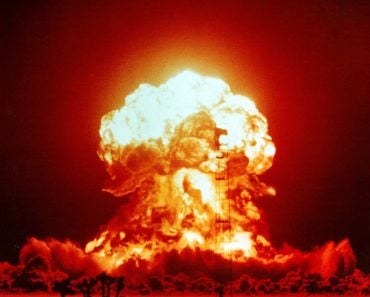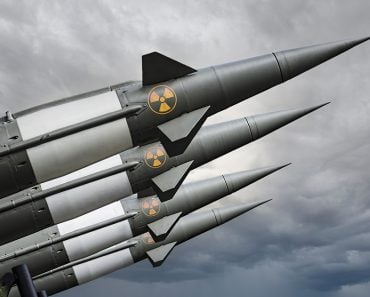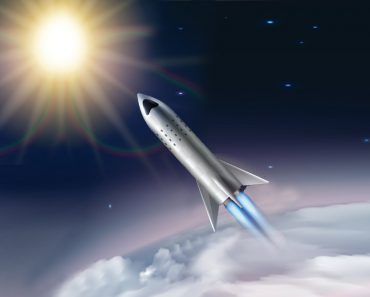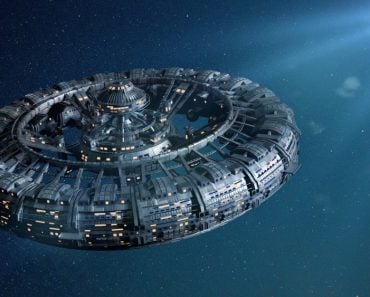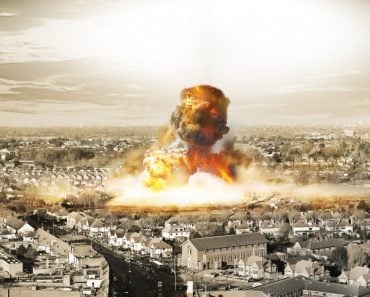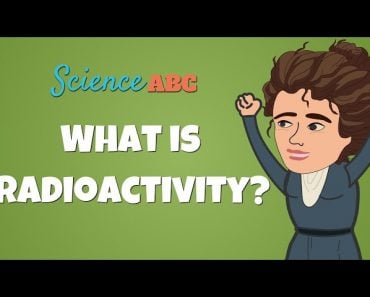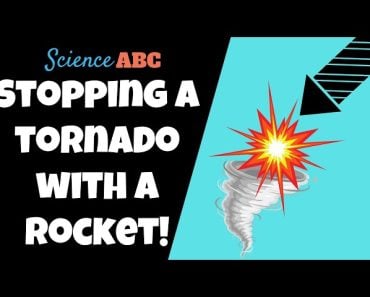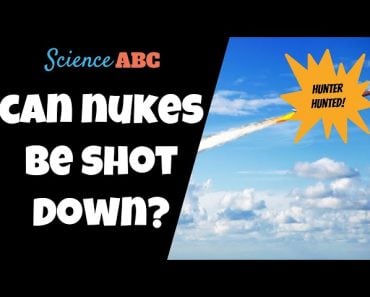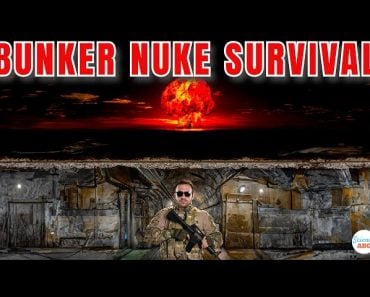If a nuke exploded in space, gamma rays and X-rays would be emitted and would expand to light up the sky. On the surface of the planet, auroras of light would be seen for thousands of miles within minutes of the blast. The explosion would also create a magnetic field, which could disrupt electronic communication.
The image of a mushroom cloud is one of the most recognizable sights in the world and one of the most terrifying. Although many of our nuclear threats have lessened in the past few decades, there was a time in the 20th century when the fascination and fear of nukes made everyone around the world do some rather crazy things.
Nuclear nations around the world (primarily Russia and the US) tested nuclear weapons underwater, in the mountains, in the atmosphere, and even in space!
We can probably imagine what most of those explosions would look like and the repercussions, but what about that final one?
What would happen if a nuclear bomb went off in space?
Recommended Video for you:
Nuclear Bomb In Space – Bomb Testing
During the height of the Cold War, both the United States and Russia tested nuclear bombs extensively. Due to concerns about a long-range nuclear missile or satellite delivery system for a nuclear warhead, both nations focused on the skies. The US conducted a series of tests known as Operation Fishbowl, consisting of high-altitude nuclear weapon tests. The most notable and historic test in this project was Starfish Prime. On July 9th, 1962, a 1.4 megaton nuclear bomb was detonated about 250 miles above Earth’s surface.
Although this may seem ridiculous today, those were tumultuous times, and the resulting explosion and its after-effects were truly extraordinary.
What Would Happen If A Nuclear Bomb Went Off In Space?
In space, a nuclear explosion looks different than it does on Earth. Without an atmosphere interrupting its path, the explosion produces intense outpourings of heat, light, and high-intensity radiation in gamma and X-rays. The blast appears roughly spherical, and the radiation and light expand to light up the sky.
On Earth’s surface, the blast would cause vivid auroras of light, visible for thousands of miles within minutes of the explosion. This is because the charged particles from the blast would immediately interact with Earth’s magnetic field, creating a visual spectacle similar to the aurora borealis. These ribbons of light and charged particle streams would continue to be seen for hours or even days after the blast, depending on the size of the explosion.
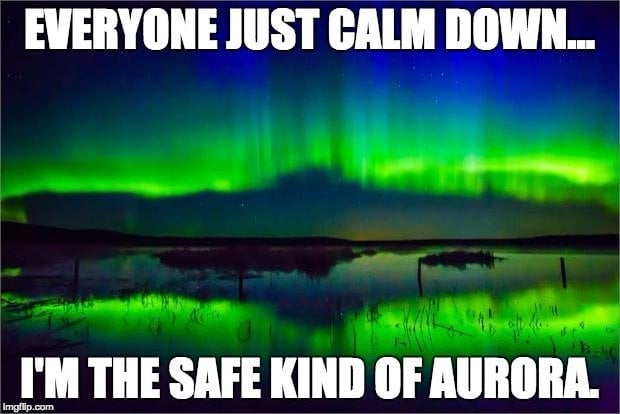
In a nuclear explosion, debris would burn up in the Earth’s upper atmosphere, and the atmospheric molecules would absorb heavy ions. These extra radioactive molecules are actually useful in certain ways, which will be explained in the next section.
Are There Any Other Effects Of A Nuclear Explosion In Space?
Perhaps even more worrying than the huge amount of radiation being dropped into Earth’s atmosphere is the impact of detonation on electromagnetic signals in a massive area beneath the blast. Essentially, those highly charged, rapidly moving electrons will create a small and incredibly powerful magnetic field called an EMP (electromagnetic pulse). You’ve probably seen this in sci-fi movies often; an EMP bomb cuts off all electronic power within a given area (most famously, perhaps, in The Matrix Trilogy).
In the case of Starfish Prime, that meant power outages over hundreds of miles in Hawaii, blown-out streetlights, disruptions in radar and navigation systems, and a complete shutdown of electronic communication. This may have been an unintended consequence for the citizens of Hawaii, but it also showed scientists and researchers the true power that a nuke in space could have. It could effectively cripple a nation’s infrastructure without physically destroying any of it!
Now, consider the size of the bomb used in Starfish Prime (1.4 megatons). Some of the largest nuclear warheads ever created were 50-megaton hydrogen bombs, more than 35x more powerful. Imagine the auroras you’d be able to see if a bomb like that went off in space and think of the widespread technological devastation from an EMP big enough to shut down Texas!
Finally, regarding the long-term effects of a nuclear weapon detonating in space, that radioactive material falling into the atmosphere isn’t going anywhere. In fact, it dissipates and spreads around the entire planet. Those extra molecules imparted by that nuclear blast can now be accurately measured as a means of dating things, such as trees, wine, and animals. While that may be one useful thing about nuclear testing in space, that certainly doesn’t make the whole process any more sensible.
There were only a handful of high-altitude nuclear detonation tests in the 1950s and 1960s, but in total, more than 2,000 nuclear detonations were conducted on Earth between 1945 and 1998.
Clearly, whether they happen on Earth or in space, nuclear detonations are never good news!
Last Updated By: Ashish Tiwari
References (click to expand)
- The STARFISH Exo-atmospheric, High-altitude Nuclear ....
- Johnson, M. H., & Lippmann, B. A. (1960, August 1). Electromagnetic Signals from Nuclear Explosions in Outer Space. Physical Review. American Physical Society (APS).
- Karzas, W. J., & Latter, R. (1962, June 15). Electromagnetic Radiation from a Nuclear Explosion in Space. Physical Review. American Physical Society (APS).
- Latter, R., Herbst, R. F., & Watson, K. M. (1961, December). Detection of Nuclear Explosions. Annual Review of Nuclear Science. Annual Reviews.


